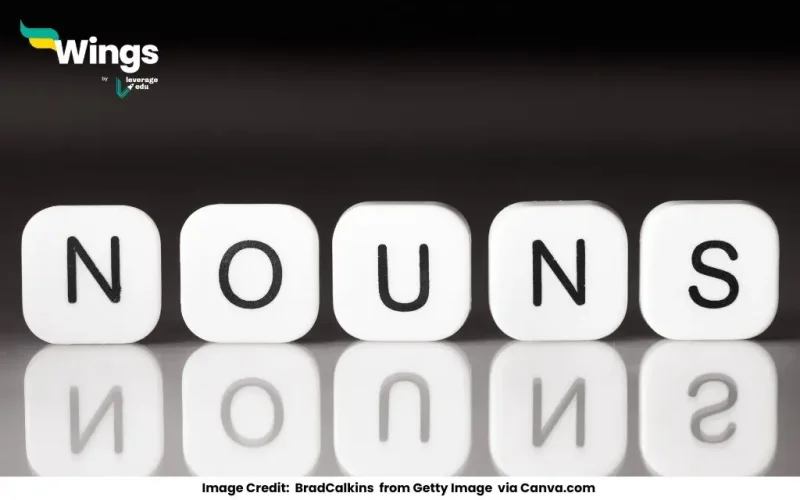Answer: Nouns are one of the fundamental parts of speech in English grammar. They are words that name people, places, things, or ideas. There are several types of nouns, each serving a different function in a sentence.
Types of Nouns with Explanation and Examples
Below are the main types of nouns, along with examples to help you understand them better:
1. Proper Nouns: A proper noun is the specific name of a person, place, or organisation. It always begins with a capital letter.
✅ Examples:
People: Albert Einstein, Shakespeare
Places: India, New York
Organisations: Google, NASA
💡 Fun Fact: The word “Earth” is a proper noun when referring to the planet but a common noun when referring to soil!
2. Common Nouns: A common noun is a general name for a person, place, or thing. Unlike proper nouns, they are not capitalised unless they start a sentence.
✅ Examples:
Person: teacher, doctor
Place: city, school
Thing: book, computer
3. Concrete Nouns: A concrete noun refers to something that can be perceived with the five senses (sight, smell, hearing, taste, and touch).
✅ Examples:
Objects: table, phone
Animals: dog, lion
Food: pizza, ice cream
4. Abstract Nouns: An abstract noun represents ideas, qualities, or emotions—things that cannot be seen or touched.
✅ Examples:
Emotions: love, happiness
Ideas: justice, freedom
Qualities: kindness, bravery
5. Collective Nouns: A collective noun refers to a group of people, animals, or things as a single unit.
✅ Examples:
People: a team of players, a crowd of spectators
Animals: a pack of wolves, a flock of birds
Things: a bunch of grapes, a stack of books
💡 Fun Fact: A group of owls is called a “parliament”!
6. Countable and Uncountable Nouns
Countable Nouns: Can be counted and have both singular and plural forms.
✅ Examples: apple, chair, bottle
Uncountable Nouns: Cannot be counted individually and usually do not have a plural form.
✅ Examples: water, sugar, information
7. Possessive Nouns: A possessive noun shows ownership or possession.
✅ Examples:
The girl’s book (The book belongs to the girl)
The dog’s leash (The leash belongs to the dog)
Nouns are the building blocks of language, and knowing their categories makes writing and speaking more effective. Did you know that some nouns can belong to more than one category? For example, “school” is both a common noun and a concrete noun! Language is fun when you start exploring it deeply.
Common Doubts in English
 60,000+ students trusted us with their dreams. Take the first step today!
60,000+ students trusted us with their dreams. Take the first step today!


 One app for all your study abroad needs
One app for all your study abroad needs










